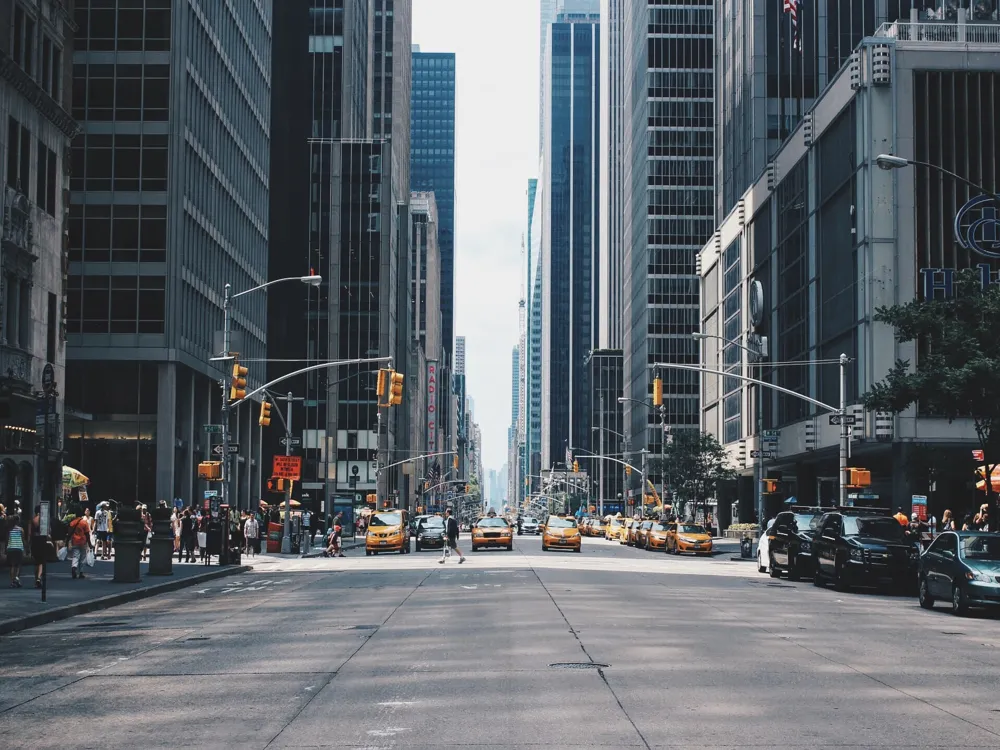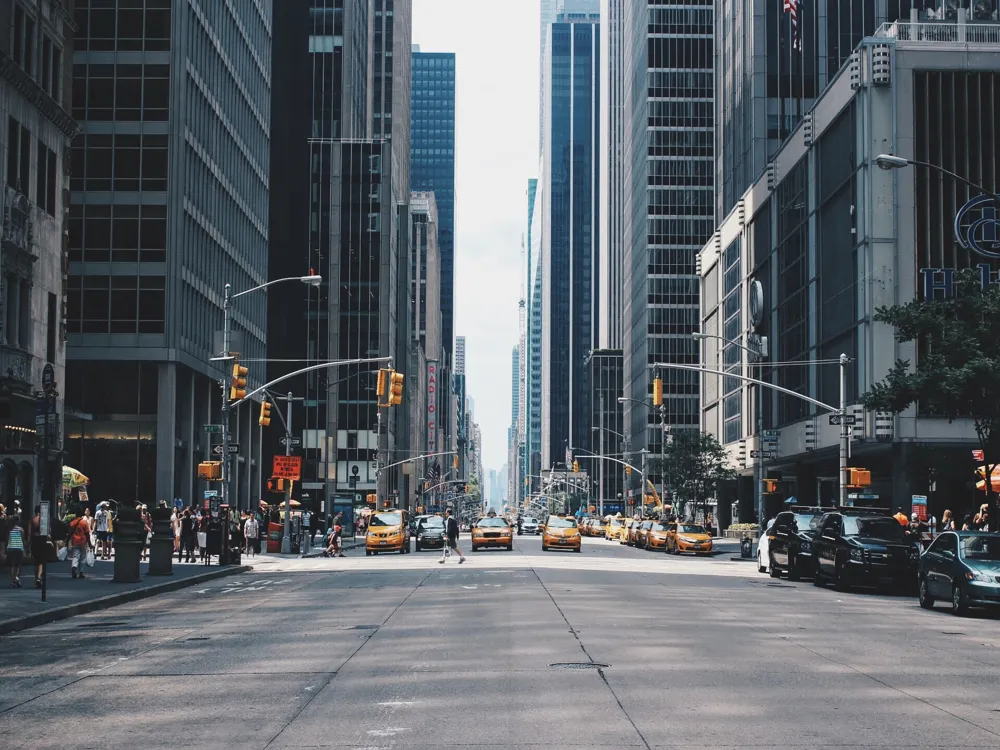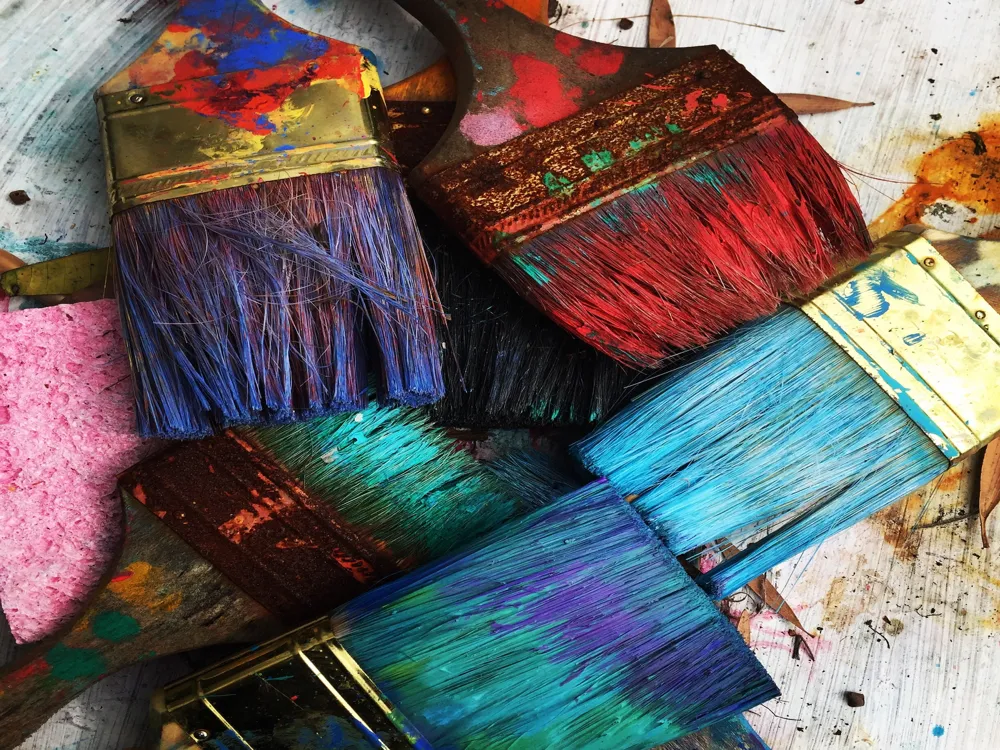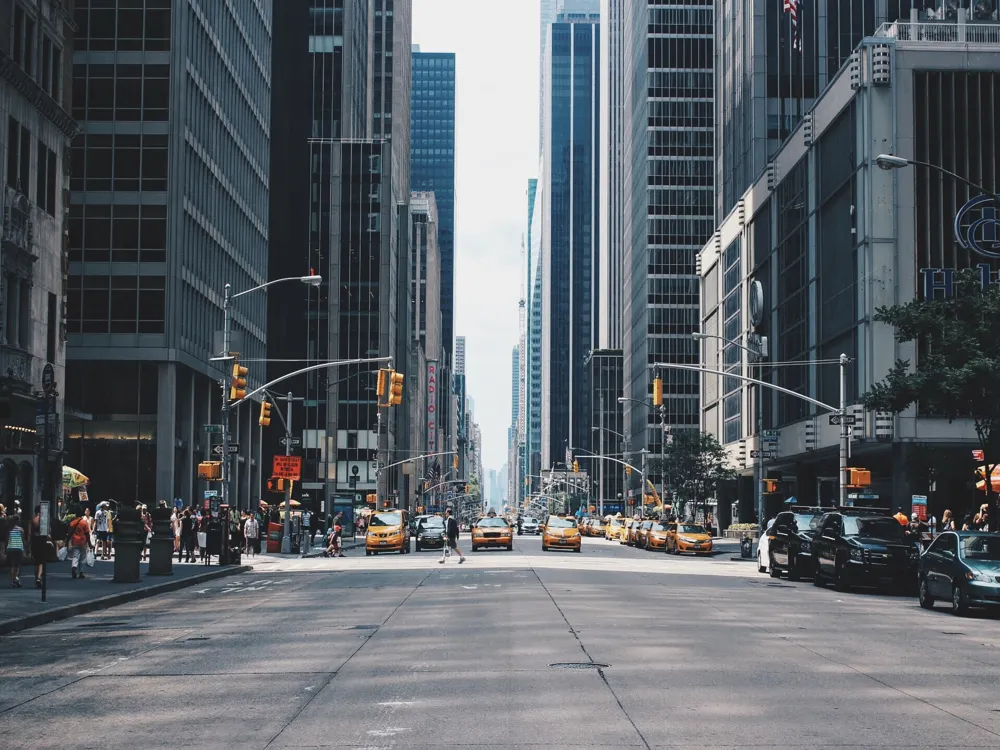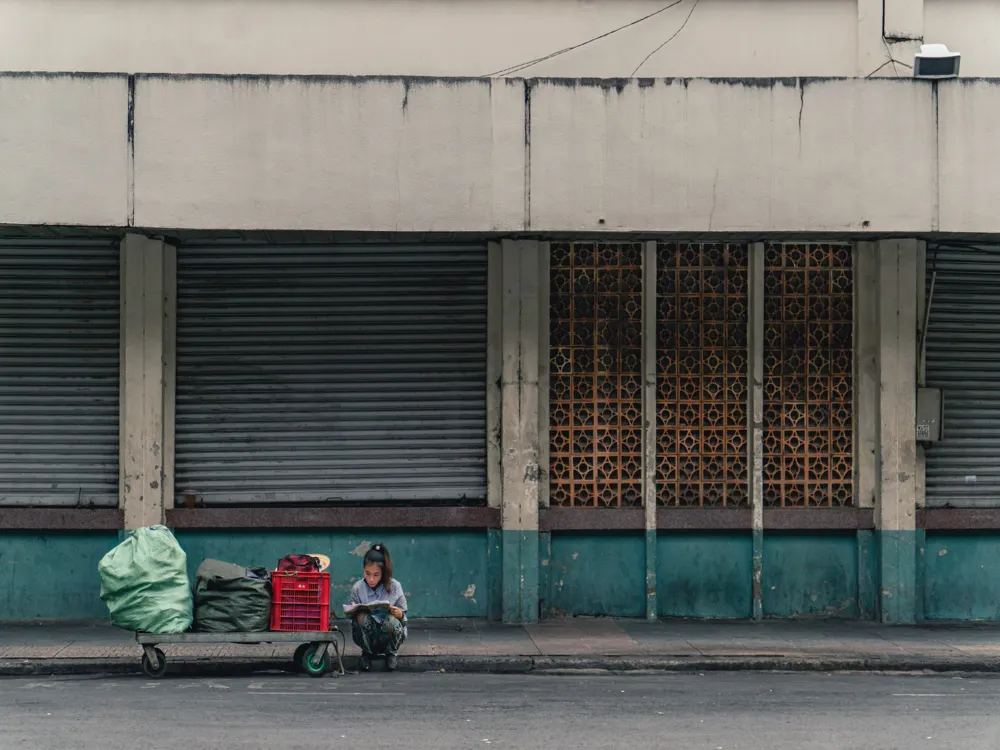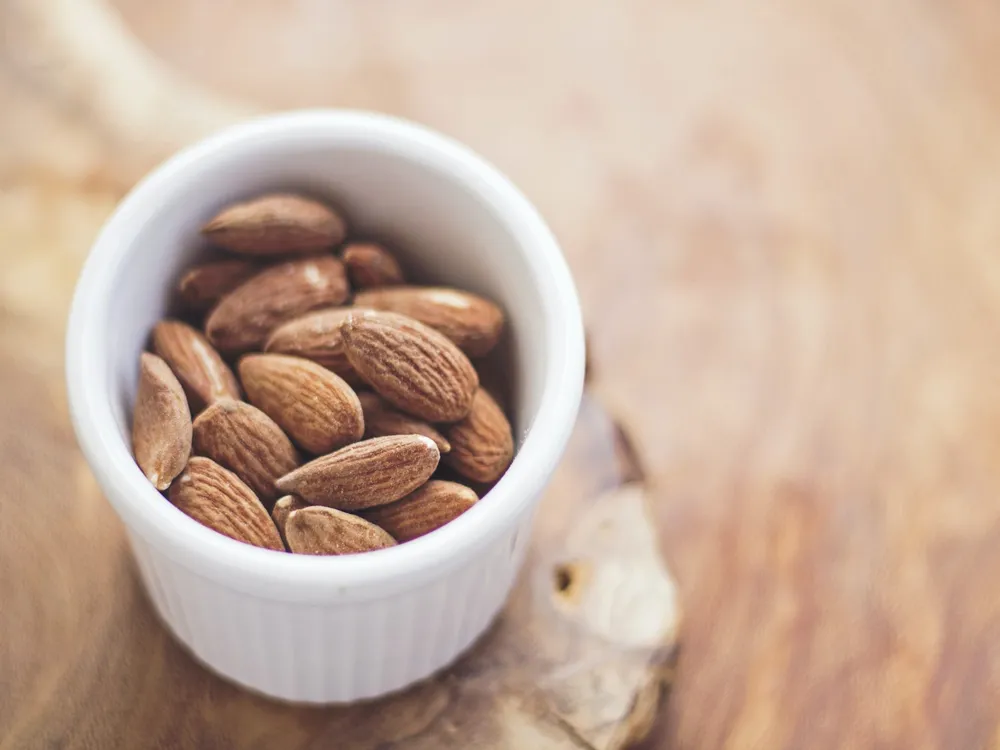The History Museum of Ho Chi Minh City, a cultural institution deeply rooted in Vietnam's rich tapestry, stands as a testament to the country's complex and vibrant past. Established in 1929, this museum, originally known as the Blanchard de la Brosse Museum, has been a cornerstone for historical preservation and education in Vietnam. Nestled in the heart of Ho Chi Minh City, the museum's collection boasts over 30,000 artifacts, spanning from the prehistoric era to the 1945 revolution. These artifacts encapsulate Vietnam's history, featuring ancient ceramics, traditional costumes, and relics from the Cham civilization, offering visitors an immersive journey through time. The prehistoric section of the museum is a treasure trove of relics dating back to the early Bronze Age. This collection includes tools, weapons, and pottery, providing a glimpse into the daily lives of ancient Vietnamese communities. The exhibits are meticulously organized to guide visitors through different historical periods, illustrating the evolution of Vietnam's early societies. One of the museum's highlights is its extensive collection of artifacts from the Cham civilization, an Indianized kingdom that flourished in Central and Southern Vietnam. This section showcases exquisite sculptures, temple decorations, and inscriptions, reflecting the rich cultural and artistic heritage of the Cham people. The museum's preservation of these artifacts is crucial for understanding the influence of Indian culture in Southeast Asian history. The museum also dedicates a significant portion of its exhibits to the colonial period and Vietnam's struggle for independence. Artifacts from the French colonial era, along with memorabilia from the revolutionary movement, paint a vivid picture of Vietnam's fight against colonial powers. This section not only educates visitors about Vietnam's tumultuous history but also honors the resilience and bravery of its people. The History Museum of Ho Chi Minh City is not just a place to observe artifacts; it offers various interactive and educational programs. These programs, designed for both children and adults, aim to engage visitors in a more hands-on exploration of Vietnam's history. Through workshops, guided tours, and cultural events, the museum fosters a deeper understanding and appreciation of Vietnam's rich heritage. The architecture of the History Museum of Ho Chi Minh City is as fascinating as its contents. Designed by French architect Auguste Delaval, the building is an exquisite blend of French colonial and traditional Vietnamese architectural styles, embodying the cultural synthesis that characterizes Ho Chi Minh City. The museum's structure, completed in 1929, features a harmonious combination of European and Asian design elements, making it a striking landmark in the city. The museum's exterior is a visual symphony of colonial elegance and oriental motifs. The façade, adorned with traditional Vietnamese decorations, complements the lush greenery of the surrounding botanical gardens. The building's symmetry, a characteristic of French colonial architecture, is beautifully offset by the intricate Asian-inspired roof design and ornamental details, creating a unique aesthetic appeal. Inside, the museum is equally impressive. The interior layout is thoughtfully designed to facilitate a seamless journey through Vietnam's history. Each room transitions smoothly to the next, ensuring a logical and comprehensive narrative flow. The use of natural light, combined with the strategic placement of artifacts, enhances the overall visitor experience, making the exploration of each historical period feel both intimate and profound. In its construction, traditional Vietnamese materials were utilized to harmonize with the local environment. Wood, stone, and ceramic elements are prominent throughout the building, reflecting the museum's commitment to preserving and celebrating Vietnamese cultural identity. This use of indigenous materials not only adds to the museum's aesthetic value but also serves as a reminder of the importance of sustainable and culturally respectful architecture. The museum's innovative exhibition spaces are designed to both preserve the artifacts and enhance visitor engagement. Climate-controlled rooms protect delicate items, while interactive displays and multimedia presentations provide context and background, bringing history to life. The architectural design plays a key role in making the History Museum of Ho Chi Minh City a dynamic and captivating destination for history enthusiasts and casual visitors alike. To make the most of your visit to the History Museum of Ho Chi Minh City, plan ahead. Check the museum's opening hours and consider visiting during off-peak times to avoid crowds. Allocate enough time to explore the museum thoroughly, as there is much to see and learn. Vietnam has a warm climate, so dress comfortably. However, it's important to dress respectfully, especially when visiting a place of cultural significance like the museum. Lightweight, modest clothing is recommended. Consider joining a guided tour for a more informative experience. The museum offers tours in various languages, providing valuable insights into the exhibits and the history of Vietnam. Photography is allowed in most areas of the museum, but be sure to check for any restrictions. Flash photography may be prohibited near sensitive artifacts to prevent damage. The museum is accessible to visitors with disabilities. Check in advance for any specific accommodations you might need. The History Museum of Ho Chi Minh City is conveniently located and easily accessible by various means of transportation. It's situated near the city center, making it an easy addition to any travel itinerary in Ho Chi Minh City. Public transport in Ho Chi Minh City is efficient and affordable. Buses are a popular option, with several lines stopping near the museum. For a more direct route, consider using a taxi or a ride-hailing service, which are readily available throughout the city. If you're traveling by private vehicle, there is parking available near the museum. However, traffic in Ho Chi Minh City can be heavy, so allow extra time for travel. For those staying in central Ho Chi Minh City, walking or cycling to the museum is a great way to see the city. The museum is situated in a scenic area, making the journey part of the experience. Read MoreOverview of the History Museum of Ho Chi Minh City
Prehistoric Artifacts
The Cham Era
Colonial Period and the Fight for Independence
Interactive and Educational Programs
Architecture of History Museum of Ho Chi Minh City
Exterior Design
Interior Layout
Use of Traditional Materials
Innovative Exhibition Spaces
Tips When Visiting History Museum of Ho Chi Minh City
Plan Your Visit
Dress Appropriately
Guided Tours
Photography Guidelines
Accessibility
How To Reach History Museum of Ho Chi Minh City
By Public Transport
By Private Vehicle
Walking or Cycling
History Museum of Ho Chi Minh City
Ho Chi Minh City
₹ 17,501 onwards
View ho-chi-minh-city Packages
Weather :
Tags : Museum
Time Required : 1-2 hours
Planning a Trip? Ask Your Question
Also Refered As:
Museum of Vietnamese History
Ho-chi-minh-city Travel Packages
View All Packages For Ho-chi-minh-city
Top Hotel Collections for Ho-chi-minh-city

Private Pool

Luxury Hotels

5-Star Hotels

Pet Friendly
Top Hotels Near Ho-chi-minh-city
Other Top Ranking Places In Ho-chi-minh-city
View All Places To Visit In ho-chi-minh-city
View ho-chi-minh-city Packages
Weather :
Tags : Museum
Time Required : 1-2 hours
Planning a Trip? Ask Your Question
Also Refered As:
Museum of Vietnamese History
Ho-chi-minh-city Travel Packages
View All Packages For Ho-chi-minh-city
Top Hotel Collections for Ho-chi-minh-city

Private Pool

Luxury Hotels

5-Star Hotels

Pet Friendly







